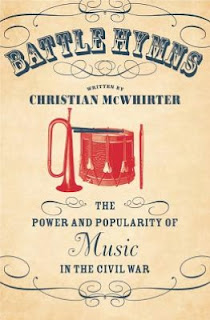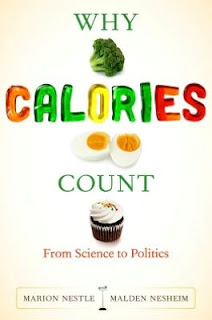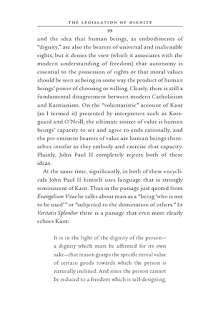 Nazi Games: The Olympics of 1936, Where Ghosts Walked: Munich’s Road to the Third Reich, and Berlin.
Nazi Games: The Olympics of 1936, Where Ghosts Walked: Munich’s Road to the Third Reich, and Berlin.He applied the “Page 99 Test” to his new book, Munich 1972: Tragedy, Terror, and Triumph at the Olympic Games, and reported the following:
Page 99 of Munich 1972 addresses a perennial bugaboo of the modern Olympic movement: displays of nationalistic politics and grandstanding on the part of organizers, athletes and fans. As conceived by France’s Baron de Coubertin in the late nineteenth century, the Modern Olympics were supposed to be about individualistic athletic attainment. Yet almost immediately the Games turned into quadrennial measuring-rods of national vitality, a development that Coubertin himself unwittingly encouraged by requiring athletes to participate in the Games as members of national teams.Learn more about Munich 1972 at the Rowman & Littlefield website.
The organizers of the Summer Games of 1972, held in Munich, West Germany, hoped to curtail the influence of nationalism by eliminating the traditional hoisting of national banners and playing of national anthems at award ceremonies. Behind this aspiration was a desire on the part of the Munich hosts to showcase a “new” (West) Germany that was internationalist and cosmopolitan rather than nationalistic or (heaven forbid) militaristic. (We must remember that the Germans’ previous experience of Olympic hosting had been in Berlin in 1936, when Hitler had used the Games to advertise the new Nazi state. The ’72 organizers wanted their Games to be as different as possible from those of ’36.)
Much to their dismay, however, the Munich hosts quickly discovered that traditional nationalism still resonated strongly among the participating countries. This was especially true of that “other” Germany, East Germany, which would be appearing for the first time in Olympic history as a fully sovereign power, with its own national symbols. The East Germans saw Munich’s anti-nationalism crusade as an underhanded ploy to deprive East Berlin of its sovereign rights. In the end, there was no significant reduction in nationalistic display in 1972 – nor has there been any since then.
Another dimension of the Munich organizers’ effort to distinguish their Games from those of the Nazis involved a relatively lackadaisical approach to security: the “Nazi Games” might have been crawling with uniformed police and soldiers, but Munich’s “carefree” Games would be patrolled by civilian volunteers dressed in baby-blue leisure suits and armed with nothing by walkie-talkies. This downplaying of security helped set the stage for the greatest tragedy in modern Olympic history: the murder of eleven Israeli Olympians by a band of Palestinian terrorists.
--Marshal Zeringue


























